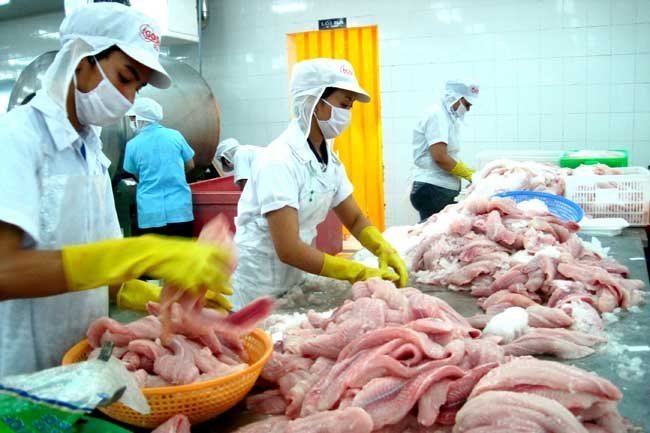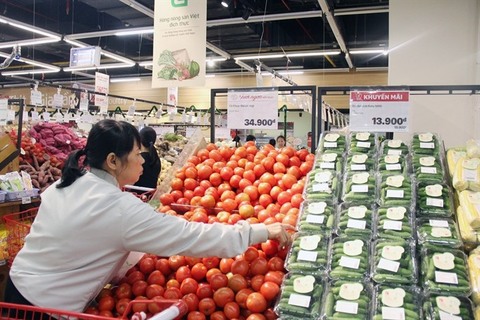Seafood exports to China unable to quickly recover
Seafood exports to China unable to quickly recover
Though China’s seafood needs are on the rise, Vietnam is unable to reverse its exports to this market in the short-run.

According to the Vietnam Association of Seafood Exporters and Producers (VASEP), the demand for seafood by China is forecast to continue rising, and the U.S.-China trade war is seen as an opportunity for Vietnamese firms to increase their market share in the Chinese market.
However, with increasing incomes, the Chinese tend to favor higher quality products that meet the hygienic and import requirements of more affluent markets, such as the U.S., the EU and Japan.
In an optimistic scenario, firms will adjust to market trends, and exports will recover towards the end of the year. The export turnover to China might then be the same as last year’s figure, at US$1.2 billion, according to the VASEP.
As of June, seafood exports to China reached US$572 million, down 2.3% against the same period one year earlier. Of export products, shrimps saw a decline of nearly 5%, whereas tra fish picked up 2% and account for 44% of exports to China.
China is an emerging market for Vietnam’s seafood, and set a record value in 2017. While seafood exports to China were only US$597 million in 2004, the figure climbed to US$1.276 billion in 2017, before dropping slightly to US$1.21 billion last year. Given such a minor decline, China remains Vietnam’s fourth largest seafood export market.
The VASEP pointed out four reasons for declining seafood exports to China in the year’s first few months, including tighter border and food safety controls, competition by shrimp exporters from India and Ecuador, the continuing depreciation of the Chinese yuan, and negative impacts of the U.S.-China trade war.
Since May 2018, China’s customs authorities have taken charge of imported food safety, tightening the trading of agro-aquatic products via unofficial channels and food safety checks of imports through official channels. Meanwhile, exporters through unofficial channels were unprepared, resulting in export bans.
According to the VASEP, to maintain exports to the Chinese market, firms should update market information and, most importantly, work to improve their seafood production facilities, improving food safety and quality to become qualified for exporting products to China.
Enterprises should prioritize exports via official channels by sea due to lower fares and taxes, and fewer payment risks, the local newspaper quoted a VASEP representative as saying.


















